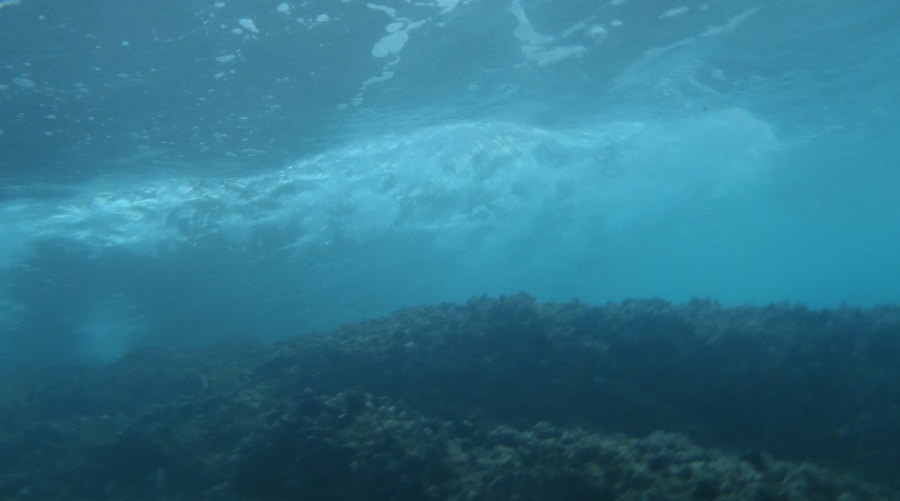Sediment plumes from deep-sea mining become turbulent cloud
- Get link
- X
- Other Apps
MINING.COM Staff Writer | July 31, 2021 | 2:32 pm Battery Metals Education Suppliers & Equipment USA Cobalt Nickel

Midwater sediment plumes that are discharged through pipes used by mining machinery that descend 1,000 meters or more into the ocean’s aphotic zone become a highly turbulent cloud of suspended particles that mix rapidly with the surrounding ocean water, when initially pumped out.
New research by oceanographers at MIT, the Scripps Institution of Oceanography, and other institutions made this discovery after carrying out the first-ever experiment to study the sediment plume that mining vessels would potentially release back into the ocean.
Based on their observations, they developed a model that makes realistic predictions of how a sediment plume generated by mining operations would be transported through the ocean.
THE RESEARCHERS DEVELOPED A FORMULA THAT CAN BE USED TO CALCULATE WHAT VOLUME OF OCEAN WATER WOULD BE IMPACTED OVER THE COURSE OF A 20-YEAR NODULE MINING OPERATION
In a paper published in the journal Nature Communications: Earth and Environment, the scientists explain that the model predicts the size, concentration, and evolution of sediment plumes under various marine and mining conditions. These predictions, they say, can now be used by biologists and environmental regulators to gauge whether and to what extent such plumes would impact surrounding sea life.
“The science of the plume dynamics for this scenario is well-founded, and our goal was to clearly establish the dynamic regime for such plumes to properly inform discussions,” said Thomas Peacock, professor of mechanical engineering at MIT and co-author of the study.
How the model was tested
To pin down plume dynamics, the team set sail 50 kilometres off the coast of Southern California aboard the Sally Ride. They brought with them equipment designed to discharge sediment 60 meters below the ocean’s surface.
“Using foundational scientific principles from fluid dynamics, we designed the system so that it fully reproduced a commercial-scale plume, without having to go down to 1,000 meters or sail out several days to the middle of the CCFZ,” Peacock said.
Over one week the team ran six plume experiments, using novel sensors systems such as a Phased Array Doppler Sonar (PADS) and epsilometer developed by Scripps scientists to monitor where the plumes travelled and how they evolved in shape and concentration. The collected data soon revealed the turbulent cloud.
“There was speculation this sediment would form large aggregates in the plume that would settle relatively quickly to the deep ocean,” Peacock said. “But we found the discharge is so turbulent that it breaks the sediment up into its finest constituent pieces, and thereafter it becomes dilute so quickly that the sediment then doesn’t have a chance to stick together.”
Reality matched lab tests
Previous to their field trip, the scientists developed a model to predict the dynamics of a plume that would be discharged into the ocean. When they fed the experiment’s initial conditions into the model, it produced the same behaviour that the team observed at sea, proving the model could accurately predict plume dynamics within the vicinity of the discharge.
The group then used these results to provide the correct input for simulations of ocean dynamics to see how far currents would carry the initially released plume.
“In a commercial operation, the ship is always discharging new sediment. But at the same time, the background turbulence of the ocean is always mixing things. So you reach a balance. There’s a natural dilution process that occurs in the ocean that sets the scale of these plumes,” Peacock said. “What is key to determining the extent of the plumes is the strength of the ocean turbulence, the amount of sediment that gets discharged, and the environmental threshold level at which there is impact.”
Based on their findings, the researchers have developed formulae to calculate the scale of a plume depending on a given environmental threshold.
For instance, if regulators determine that a certain concentration of sediments could be detrimental to surrounding sea life, the formula can be used to calculate how far a plume above that concentration would extend, and what volume of ocean water would be impacted over the course of a 20-year nodule mining operation.




Comments
Post a Comment